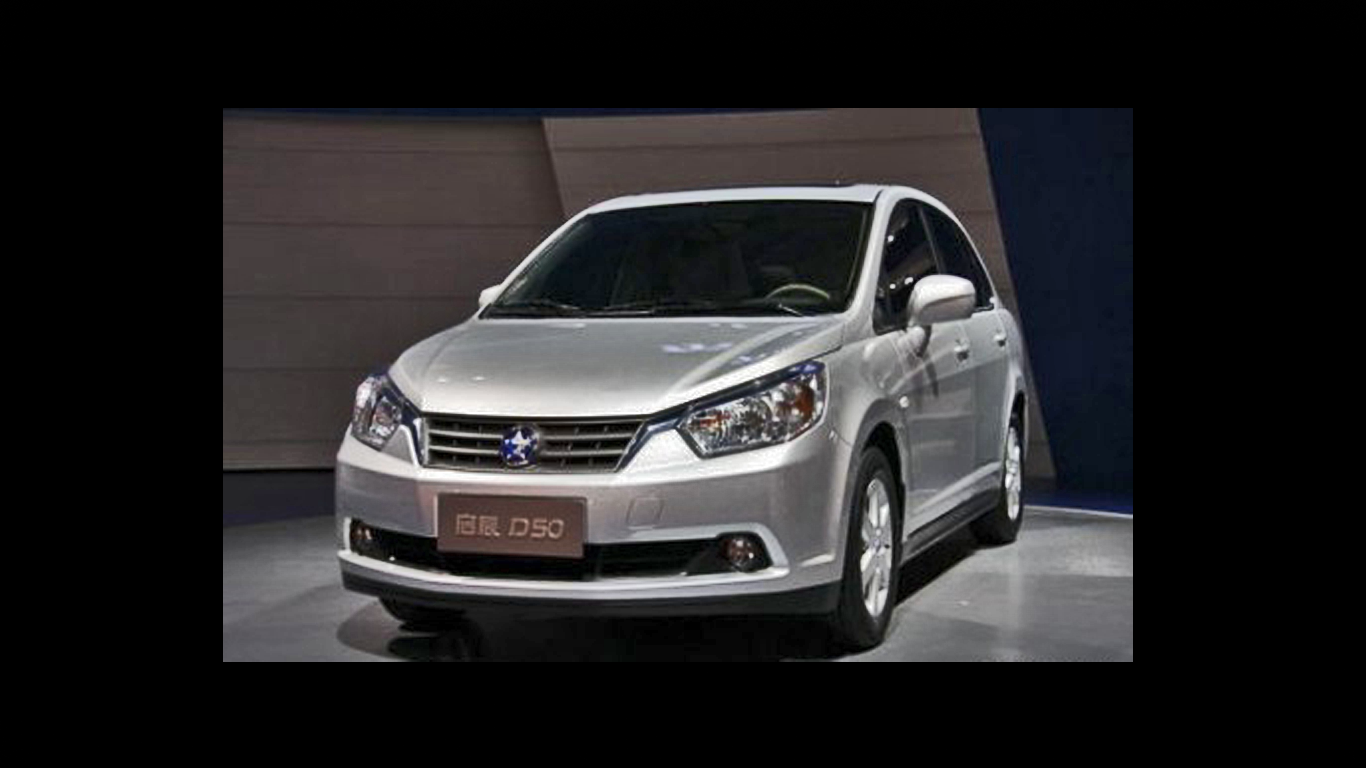The Chinese automobile market is the biggest in the world. Throughout the years it has grown into a giant, evolving to fit the needs of the country and its population.
In 2013 the Chinese auto market recovered from a slight recession and increased its profits through the assistance of economic stimulus packages aimed at the auto industry and an increased demand for cars in China�s interior. Experts agree that China�s auto market will likely remain stable through 2014, building off of the momentum they gained in the last year. In 2013 China�s sales rates were once again in the double digits as they were for the majority of the last decade before the recession.
At the Detroit Auto Show this year car manufacturers from around the world were glad to hear of the success of the Chinese market; the European and American markets have been slow growing in recent years due to a variety of ills including economic recession, unemployment rates, and more. The Chinese automobile market is receiving much interest from the world and should also see an increase in investments pouring into the automobile industry from some of the major global car manufacturers.
Car companies including Mercedes-Benz(under the Daimler AG�s Greater China operating branch) predict double-digit growth in the Chinese market again this year. Volkswagenhas high hopes for the country as well, putting its estimate between 5-7% growth over the next 5 years. Automotive consulting firms weighed in and put their numbers between 9-11% potential growth. General Motors and Fordwill likely continue to be popular amongst the Chinese and will profit from the expansion of the market.
China is doing all it can to promote a strong automotive industry- more stimulus packages will be aimed towards the sector and the rise of personal income in much of China will also hasten the market rise. Sales caps that remain in cities like Shanghai and Beijing to curb air pollution should be able to be made up for by the increase in demand for cars in the more rural areas of China.
The one automobile market that may not benefit from China�s success is Japan, whose Nissan, Toyota, and Honda brands do not sell well in China due to political tensions between the two nations. Japan�s automobile industry took a hit along with the rest of the world and has recovered from that downturn; they optimistically expect growth in China despite the lack of sales and rising tensions. The Japanese are planning to release a few redesigned and upgraded cars from its automobile manufacturers. Nissan will use its strategic partnership with Dongfeng Motor Corporation (a Chinese company) and look for niche markets within China to market its products. Honda and Toyota have also made efforts to cater to entry-level buyers as well as established automobile owners with new and redesigned cars that may do well in the coming year.
The Chinese automobile industry is strong; it is increasing in size, demand, sales, and the interest that is being generated throughout the world and the automotive community is unprecedented. The future looks good for the automotive market in China.




